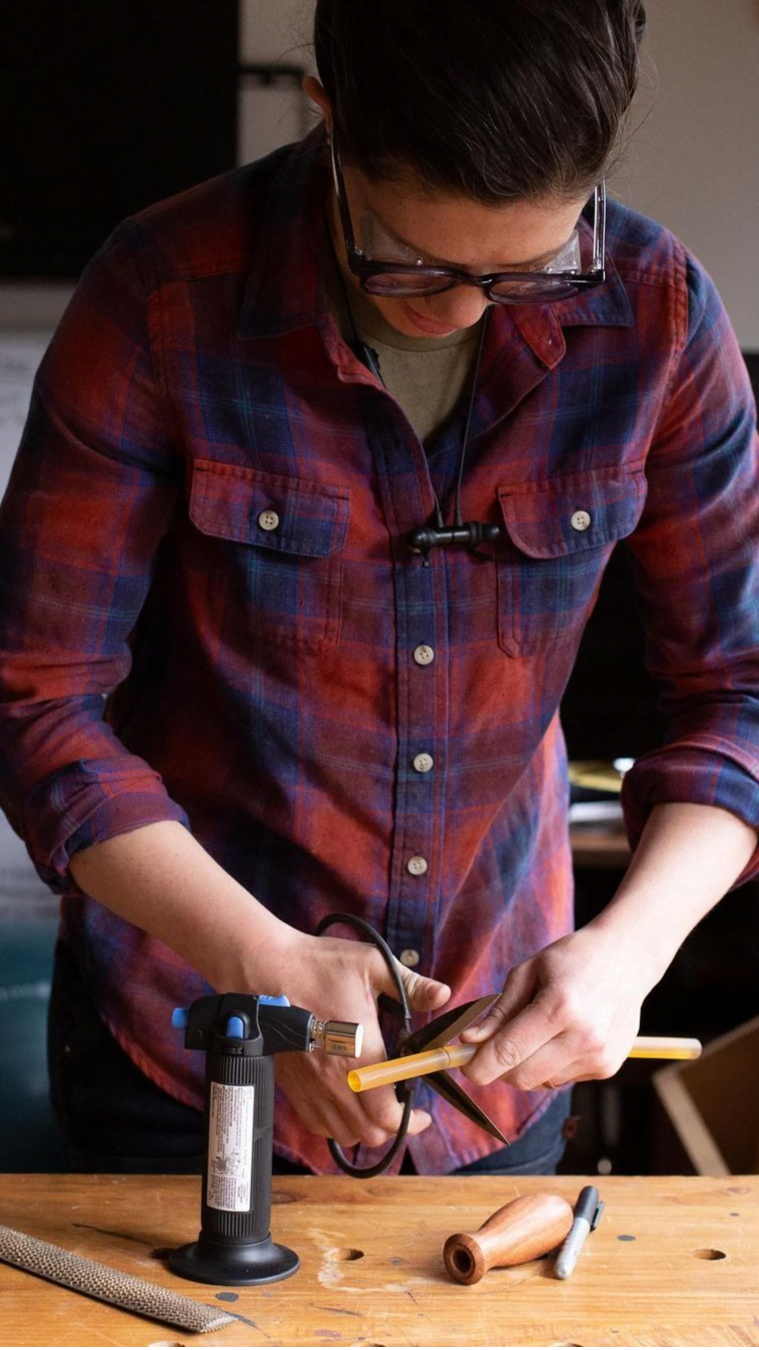Cats are known for their natural tendency to scratch, and while this behavior is perfectly normal for them, it can also be quite destructive, especially when it comes to woodwork in our homes. In this article, we will explore the different ways on how to discipline a cat for scratching woodwork. From understanding why cats scratch to using positive reinforcement and deterrents, we’ll cover everything you need to know to address this common issue.
Understanding why cats scratch is the first step in finding a solution to the problem. Cats scratch for various reasons, including to mark their territory, sharpen their claws, and stretch their muscles. By understanding these motivations behind their behavior, we can then find effective ways to redirect their scratching tendencies onto more appropriate surfaces.
One of the key elements in disciplining a cat for scratching woodwork is providing alternatives. By offering your cat suitable scratching posts and pads, you can encourage them to engage in this natural behavior without causing damage to your furniture. Additionally, training your cat with positive reinforcement techniques can help shift their focus away from woodwork and towards more appropriate surfaces for scratching.
The Importance of Providing Alternatives
Cats scratching woodwork can be a frustrating behavior for many pet owners, but it’s important to understand why cats engage in this behavior and how to address it effectively. One key factor in deterring your cat from scratching woodwork is providing them with appropriate alternatives. By understanding the reasons behind their scratching behavior, you can better address the issue and prevent damage to your home.
Understanding Your Cat’s Instincts
Cats have a natural instinct to scratch in order to mark their territory, stretch their muscles, and keep their claws healthy. It’s important to recognize that scratching is a normal and necessary behavior for cats, so simply trying to stop them from scratching altogether is not the solution. Instead, providing alternatives allows them to express this instinctual behavior in an appropriate way.
Providing Scratching Posts and Pads
To deter your cat from scratching woodwork, it’s crucial to provide them with appealing scratching posts and pads as alternative options. These posts should be sturdy and tall enough for your cat to fully stretch out while scratching.
Additionally, placing these posts in areas where your cat likes to scratch can encourage them to use the post instead of your furniture. Offering a variety of textures such as carpet, sisal, and cardboard can also entice your cat to use the posts instead of the woodwork.
By understanding how satisfying this natural instinct is for cats and providing them with acceptable outlets for it, you can effectively discourage destructive woodwork scratching without causing stress or unhappiness for your feline companion. Remember that patience and consistency are key when training your cat to use alternatives rather than punishing them for exhibiting natural behaviors.
Training Your Cat With Positive Reinforcement
Understanding the Importance of Positive Reinforcement
Positive reinforcement is a training technique that rewards your cat for desirable behavior, such as using a scratching post instead of the woodwork. This method focuses on providing incentives to encourage good behavior rather than punishing bad behavior. Cats respond well to positive reinforcement because it creates a strong association between the action and a pleasant outcome.
Using Treats and Toys to Encourage Alternatives
One effective way to train your cat not to scratch woodwork is by providing enticing alternatives. Place scratching posts in different areas of your home, especially near the areas where your cat tends to scratch. Encourage your cat to use the scratching posts by placing treats, catnip or toys nearby. When you see your cat using the scratching post, reward them with verbal praise and more treats. This will help reinforce the idea that scratching the post brings positive outcomes.
Consistency and Patience
Consistency is key when using positive reinforcement to train your cat. Set clear boundaries and be patient as you work with your pet. Avoid yelling or punishing your cat for scratching woodwork, as this can create fear and anxiety which may lead to more destructive behavior. Instead, focus on rewarding and encouraging positive behaviors consistently over time. With patience and dedication, you can effectively train your cat to refrain from scratching woodwork using positive reinforcement techniques.
Using Deterrents to Prevent Woodwork Scratching
One effective way to deter a cat from scratching woodwork is by using deterrents. There are various commercial products available that can be used to discourage this behavior. These include sprays, tapes, and even specific furniture protectors designed to keep cats away from certain areas. These products work by emitting scents or textures that cats find unpleasant, deterring them from scratching the woodwork.
Apart from using commercial deterrents, you can also make your own natural deterrents at home. For instance, citrus or eucalyptus oils can be mixed with water and sprayed onto the woodwork to discourage scratching. Additionally, double-sided tape can be placed on the areas where your cat tends to scratch, as they dislike the sticky feeling on their paws.
It’s important to note that consistency is key when using deterrents. Cats are intelligent animals and will quickly learn whether a particular area is protected or not. Therefore, it’s essential to consistently apply the deterrent in order for it to be effective in preventing woodwork scratching.
| Deterrent | Effectiveness |
|---|---|
| Commercial Sprays | Effective at deterring scratching behavior |
| Natural DIY Mixtures (citrus oils, eucalyptus oils) | Can effectively deter cats from scratching woodwork |
| Double-sided Tape | An inexpensive method that can be effective if used consistently |
Establishing Boundaries and Consistency
When it comes to disciplining your cat for scratching woodwork, it is crucial to establish clear boundaries and maintain consistency in your approach. Cats respond well to routine and structure, so it’s important to set clear guidelines for what behavior is acceptable and what is not. This will help your cat understand the expectations and reduce the likelihood of woodwork scratching.
One way to establish boundaries is by creating designated scratching areas for your cat. Provide a variety of scratching posts and pads throughout your home, particularly near the areas where your cat tends to scratch woodwork. Encourage your cat to use these alternatives by placing treats or catnip around them. Additionally, you can use toys and interactive play to redirect your cat’s attention away from the woodwork.
Consistency is key when it comes to disciplining a cat for scratching woodwork. Avoid sending mixed messages by enforcing the rules consistently. If you catch your cat scratching the woodwork, calmly redirect them to a designated scratching area and praise them when they use it.
Conversely, if you find that your cat has scratched the woodwork, avoid yelling or using punishment as this may only confuse or frighten your pet. Instead, focus on reinforcing positive behavior and providing appealing alternatives for scratching.
| Discipline Tips | Benefits |
|---|---|
| Create designated scratching areas | Reduces likelihood of woodwork scratching |
| Consistently redirect cat to alternatives | Reinforces positive behavior |
| Avoid using punishment | Avoids confusion or fear in the cat |
Seeking Professional Help and Advice
If you find that your cat’s woodwork scratching behavior is persistent and difficult to manage, it may be time to seek professional help and advice. A veterinarian or animal behaviorist can provide valuable insight into your cat’s behavior and offer guidance on how to address the issue effectively.
Here are some steps you can take when seeking professional help and advice:
- Schedule a visit with your veterinarian to rule out any medical issues that may be causing your cat to scratch excessively. Your vet can also provide recommendations for behaviorists or trainers who specialize in working with cats.
- Consider consulting with an animal behaviorist who can assess your cat’s scratching behavior and develop a customized training plan. A behaviorist can help you understand the underlying reasons for your cat’s scratching and provide practical solutions for modifying this behavior.
- Explore the option of enrolling your cat in a training program specifically designed to address woodwork scratching. Professional trainers can work with your cat to redirect their scratching instincts towards appropriate surfaces, such as scratching posts or pads.
By seeking professional help and advice, you can gain a better understanding of how to discipline a cat for scratching woodwork in a way that is effective and humane. Remember that every cat is unique, and what works for one feline may not work for another. Professional guidance can help you tailor strategies that are suited to your cat’s individual needs.
Understanding the Risks of Punishment
When it comes to disciplining a cat for scratching woodwork, it’s important to understand the risks of using punishment as a method. Punishing your cat for scratching may lead to negative behavior or fear of you, the owner. Cats do not respond well to punishment and may become anxious or stressed, leading to other unwanted behaviors.
Listed below are some important points to consider when understanding the risks of punishment:
- Cats will not understand why they are being punished for their natural behavior
- Physical punishment can lead to fear, anxiety, and aggression in cats
- Punishment can damage the bond between you and your pet
Instead of using punishment, it is crucial to focus on positive reinforcement and providing alternatives for your cat. By doing so, you can effectively train your cat without causing any harm or stress.
It is essential to remember that learning how to discipline a cat for scratching woodwork involves understanding that punishment is not only ineffective but also harmful to your feline companion. By avoiding punitive measures, you can build a better relationship with your cat while still addressing their behavior in a constructive way.
How to Repair and Protect Woodwork From Cat Scratching
In conclusion, disciplining a cat for scratching woodwork involves understanding the reasons behind their behavior and providing them with appropriate alternatives. By recognizing that scratching is a natural behavior for cats, pet owners can focus on training their feline companions with positive reinforcement rather than resorting to punishment. It’s essential to establish clear boundaries and consistently reinforce them while also seeking professional help when needed.
Providing cats with designated scratching posts and toys can redirect their instincts away from woodwork, and using deterrents such as double-sided tape or citrus sprays can help prevent further damage. Additionally, repairing and protecting woodwork from cat scratching involves using products like scratching pads or nail caps. By combining these strategies, pet owners can effectively manage their cat’s behavior without causing harm or distress.
Ultimately, the key to disciplining a cat for scratching woodwork lies in patience, consistency, and understanding. By implementing positive reinforcement methods and offering appropriate outlets for their natural behaviors, pet owners can create a harmonious environment for both themselves and their feline friends.
Understanding the risks of punishment and seeking professional advice when needed are important aspects of responsible pet ownership. In doing so, pet owners can maintain a loving relationship with their cats while preserving the integrity of their home’s woodwork.
Frequently Asked Questions
How Do I Stop My Cat From Scratching My Woodwork?
One way to stop your cat from scratching your woodwork is by providing them with suitable alternatives, such as scratching posts or pads. These should be placed near the areas where they usually scratch. Additionally, you can use deterrents like double-sided tape or aluminum foil on the woodwork to discourage scratching.
Can You Train Cats to Not Scratch Furniture?
Yes, it is possible to train cats to not scratch furniture. This can be achieved through a combination of providing suitable scratching options, using positive reinforcement when they use those alternatives, and redirecting their behavior when they start scratching furniture.
How Do You Protect Wood Trim From Cat Scratches?
To protect wood trim from cat scratches, you can cover the areas with plastic or vinyl sheets that are secured in place with adhesive or clips. Another option is to apply a specially designed scratch-resistant tape to the woodwork. It’s also important to keep your cat’s claws trimmed regularly to minimize damage to the wood trim.

Hi everyone! I’m a woodworker and blogger, and this is my woodworking blog. In my blog, I share tips and tricks for woodworkers of all skill levels, as well as project ideas that you can try yourself.





